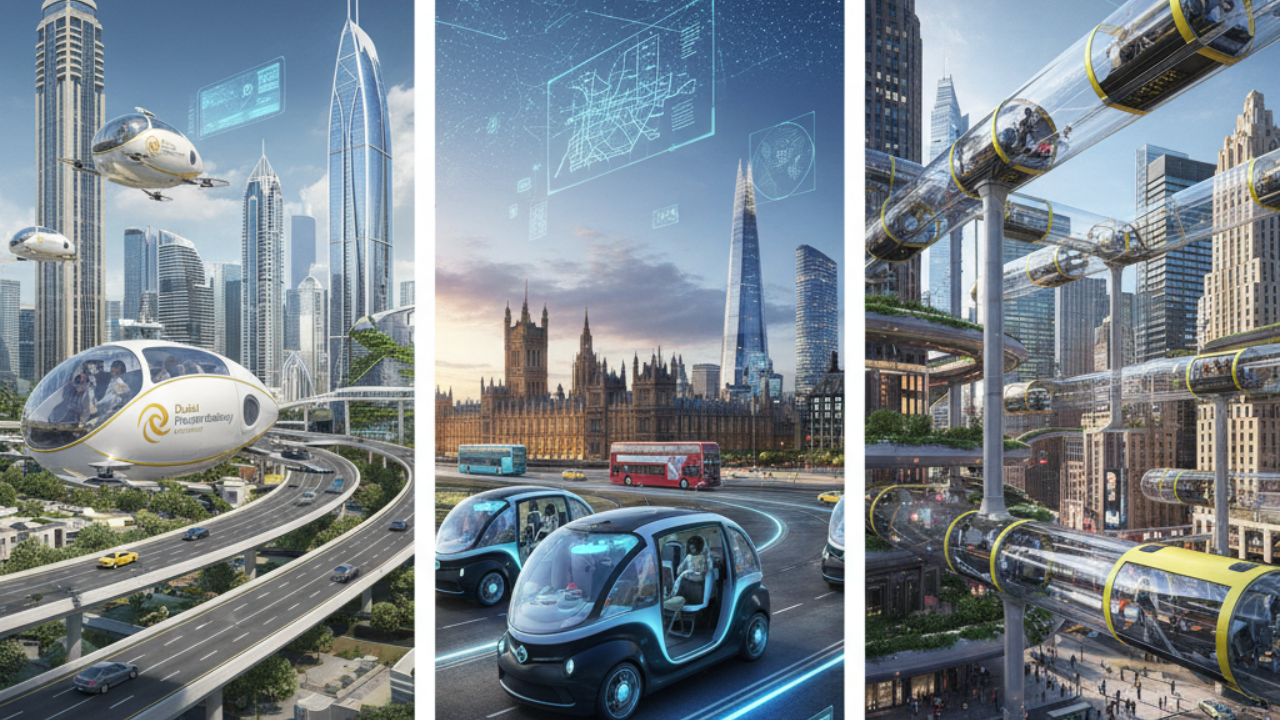
Post by : Meena Rani
Urban mobility is undergoing a radical transformation as artificial intelligence and autonomous vehicles reshape how people travel. By 2025, major cities like Dubai, London, and New York are leading the charge in adopting AI-driven taxi services. This article explores the innovations, challenges, and future prospects for these cities in the global AI taxi race.
Dubai has positioned itself as a global leader in smart transportation. The city has invested heavily in autonomous vehicles and AI-driven taxi services to reduce traffic congestion and improve efficiency.
Dubai’s Roads and Transport Authority (RTA) has partnered with multiple technology firms to deploy self-driving taxis in key urban areas. These vehicles are equipped with AI systems that optimize routes, reduce wait times, and enhance passenger safety.
The city’s infrastructure is also designed to support AI taxis, with dedicated lanes, smart traffic signals, and integrated ride-hailing apps. Dubai’s vision for a fully autonomous taxi fleet aligns with its broader smart city goals, aiming to make urban transportation faster, safer, and more sustainable.
London is known for its iconic black cabs, but the city is now embracing AI and autonomous taxi technologies. The Transport for London (TfL) authority is piloting self-driving taxi projects, focusing on electric vehicles to reduce emissions and promote sustainability.
London’s unique urban layout presents challenges for AI taxis, including narrow streets, dense traffic, and complex traffic rules. However, AI technology is helping taxis navigate these challenges by analyzing real-time traffic patterns and predicting congestion.
London’s approach blends traditional taxi services with modern AI innovations, ensuring a balance between passenger experience and technological efficiency.
New York City, one of the busiest cities in the world, is rapidly adopting AI taxis to meet the demands of its residents and visitors. The city has extensive traffic congestion, and autonomous vehicles are seen as a solution to reduce wait times and improve traffic flow.
Several companies are testing AI-driven taxi services in New York, focusing on safety, route optimization, and passenger comfort. The vehicles are equipped with sensors and AI software that can detect pedestrians, cyclists, and other vehicles, minimizing accidents and improving overall safety.
New York’s taxi ecosystem combines traditional medallion taxis with AI-driven ride-hailing services, providing residents with multiple options for urban transport.
AI taxis in Dubai, London, and New York share several key features:
Autonomous Navigation: Vehicles use AI to plan optimal routes, avoid traffic, and ensure timely arrivals.
Safety Systems: Sensors, cameras, and AI algorithms detect obstacles, reducing accidents.
Electric and Sustainable Options: Many AI taxis are electric, reducing carbon emissions.
Integration with Apps: Ride-hailing apps provide real-time booking, tracking, and payment options.
Passenger Comfort: AI systems manage climate control, route personalization, and in-car amenities.
Despite the promise of AI taxis, several challenges remain:
Regulation: Governments must create clear policies to ensure safety and liability management.
Public Acceptance: Passengers may be hesitant to trust fully autonomous vehicles.
Infrastructure Requirements: Cities need smart roads, sensors, and traffic systems to support AI taxis.
Cybersecurity: AI taxis must be protected against hacking and digital interference.
Dubai, London, and New York are competing to become the global hub for AI-driven taxi services. Dubai’s futuristic infrastructure and government support give it a technological advantage. London balances innovation with traditional taxi experience, offering a unique blend. New York’s high population density and busy streets make it a challenging but potentially lucrative market.
The winner of the AI taxi race will likely depend on a city’s ability to combine technology, safety, public trust, and regulatory support.
The rise of AI taxis represents a major shift in urban mobility. By 2030, autonomous taxis could dominate city streets, reducing congestion, emissions, and travel times. These vehicles will integrate with public transport systems, creating seamless mobility networks for residents and visitors.
Smart cities will increasingly rely on AI-driven mobility solutions, and Dubai, London, and New York are setting the standard for innovation and efficiency.
Disclaimer: The information provided in this article is based on available data as of 2025. AI taxi technology, deployment, and city regulations are subject to change. Readers should consult official sources for the latest updates.
AI Taxis, Autonomous Vehicles, Dubai Transport, London Taxi, New York Taxi, Urban Mobility, Smart Transportation

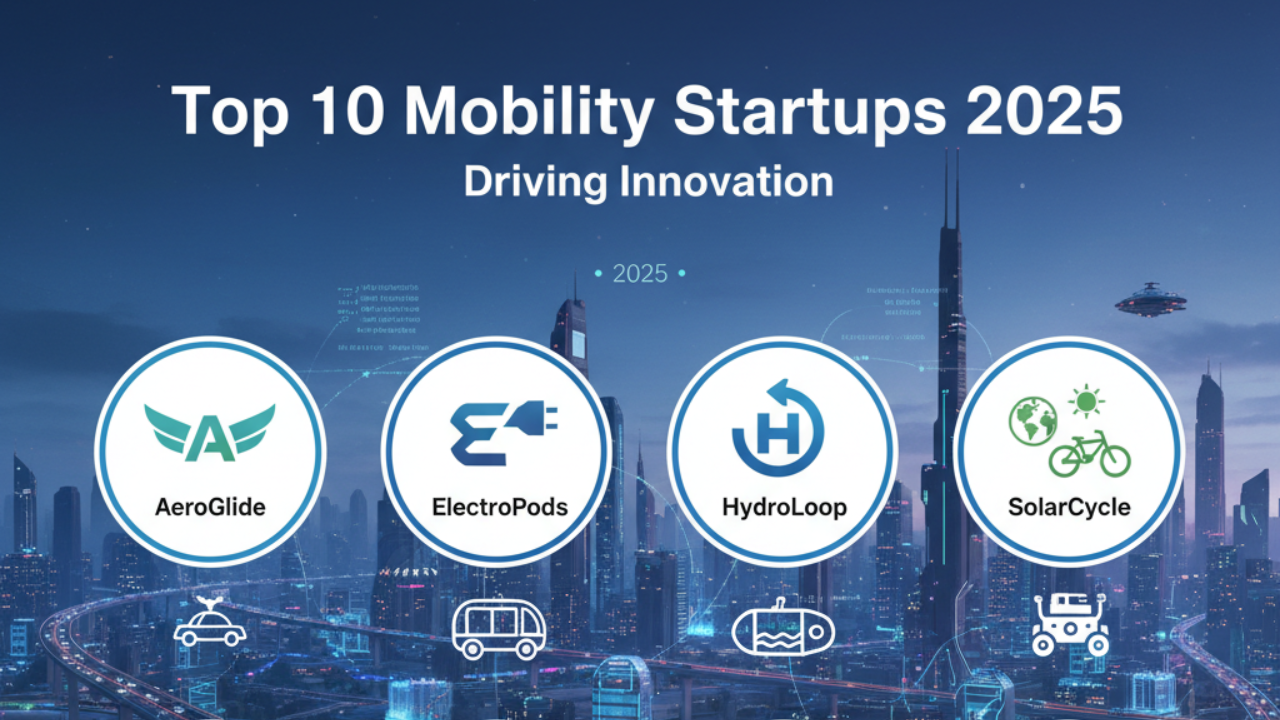

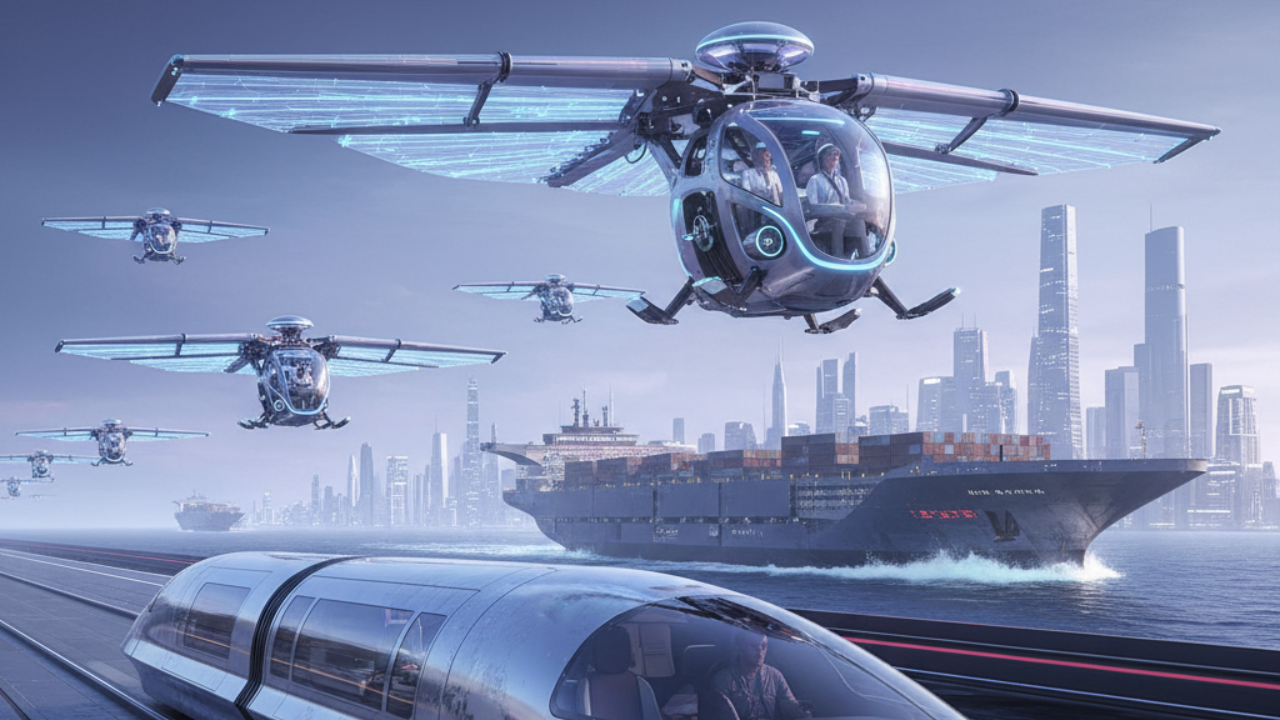




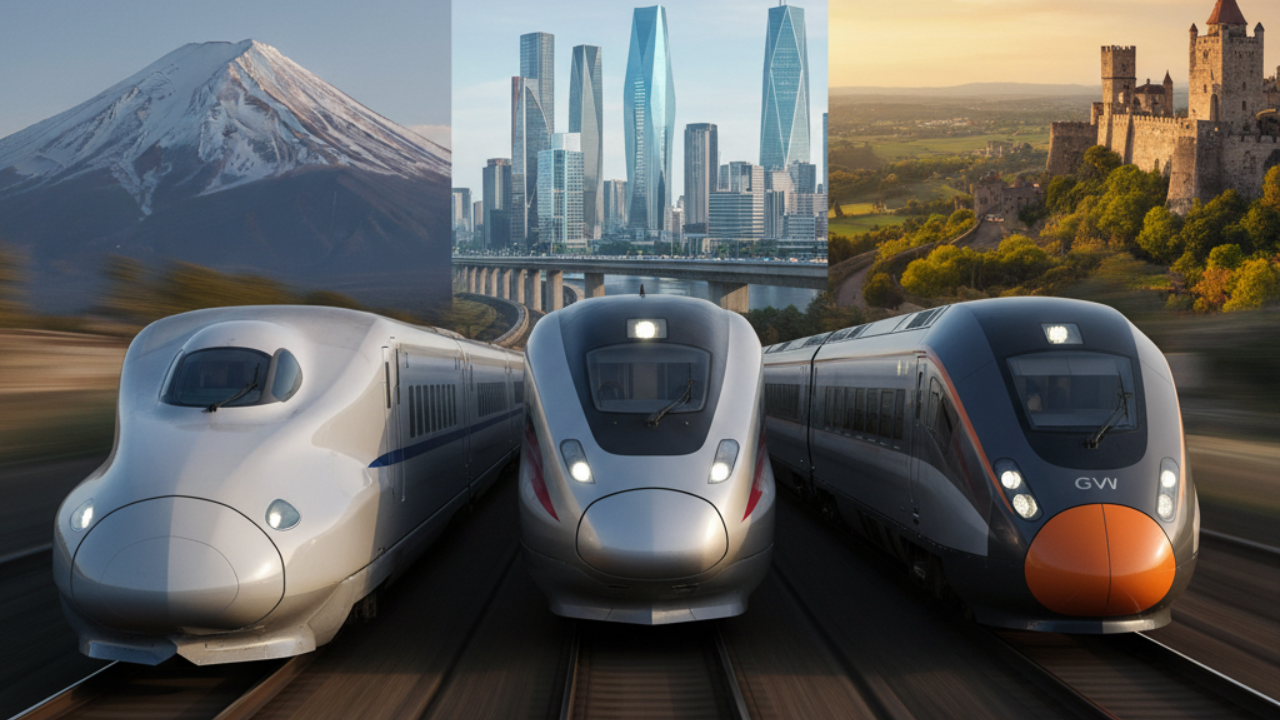

Bengaluru-Mumbai Superfast Train Approved After 30-Year Wait
Railways approves new superfast train connecting Bengaluru and Mumbai, ending a 30-year demand, easi
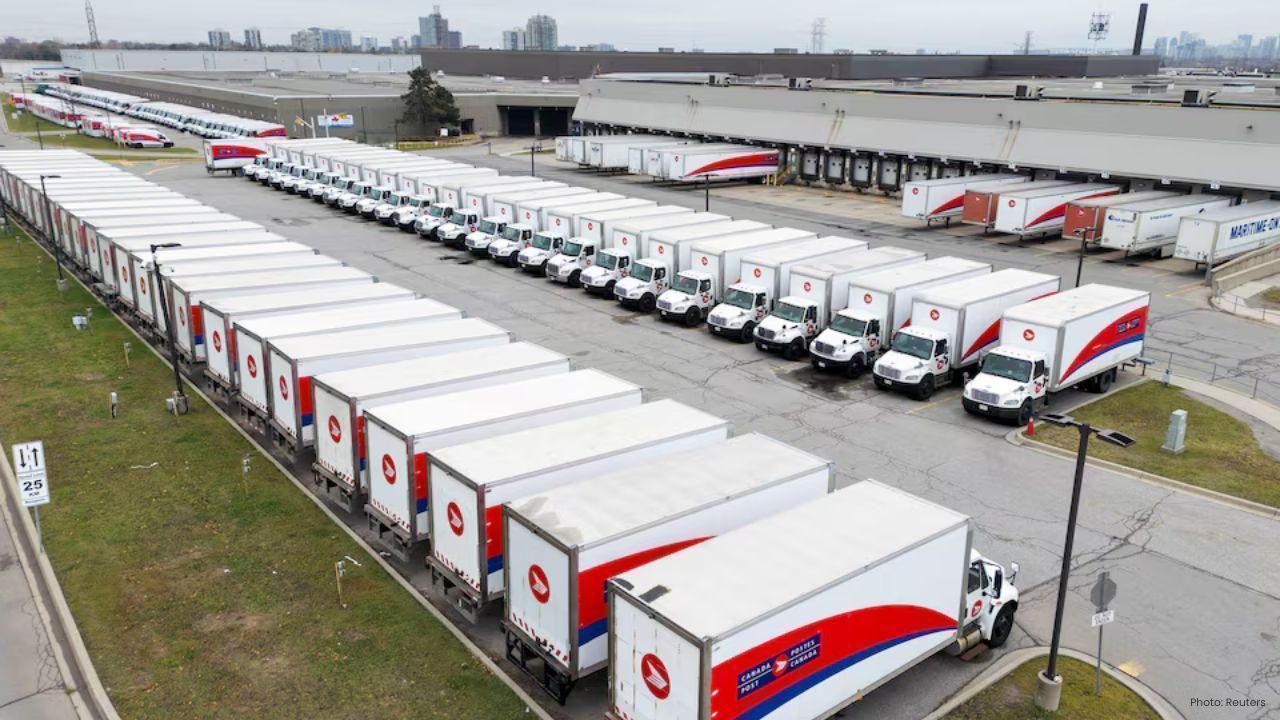
Canada Post Workers Strike Halts Nationwide Mail and Parcel Services
Canada Post halts operations as CUPW strike disrupts mail and parcel delivery nationwide amid disput

PM Modi Launches BSNL ‘Swadeshi’ 4G Network, 97,500 Towers Built
India enters global telecom league as PM Modi inaugurates BSNL’s indigenous 4G, connecting 26,700 vi

India’s Iconic MiG‑21 Takes Final Flight After Six Decades of Service
After 60 years India retires its MiG‑21 fighter jet, a legendary yet controversial warplane marking

Hindustan Zinc unveils AI hotspot monitoring at Debari smelter
Hindustan Zinc launches AI-powered Switchyard Hotspot Monitoring at Debari smelter to cut outages bo

Chinese experts worked inside sanctioned Russian drone plant
Chinese drone specialists visited IEMZ Kupol supplying parts and drones via intermediaries, deepenin